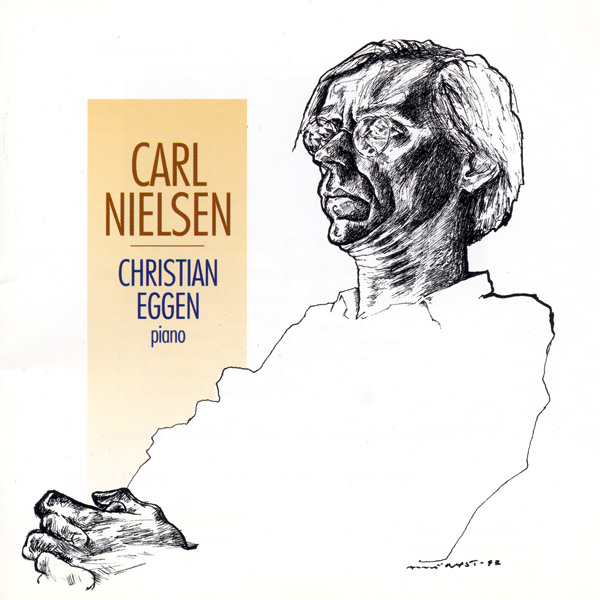Bob talks
Bob Stuart, creator of MQA, talks in detail about this revolutionary British technology that sets a new standard in capturing, delivering and reproducing digital audio.
White Glove: #1 Carl Nielsen Piano Music
 |
Carl Nielsen Piano Music (2015 remaster MQA) |
As we look back on this release, two years later, we remain delighted with the incredible open easiness in the sound. It stands as a beacon showing what is possible to recover from important performances that were captured at the dawn of digital.
This was an early recording by Morten Lindberg (2L) who described it as follows:
“This recording was made direct to DAT in 1993. The set-up was extremely simple and straightforward: a stereo pair of Brüel & Kjær omnidirectional microphones recorded direct onto a DAT player.
A brand new Steinway D-model had just arrived from the factory in Hamburg to the old Oslo University Hall. A few months later this particular piano was sold to a theatre, where it was unfortunately badly serviced and ended up a virtual ruin. Perhaps it is this very element of irretrievability that makes the recording of this instrument so special, but I should add that I have never, in all the years since, come across a piano with such a strong sonic personality.
Early digital technology had many drawbacks and weaknesses. For this remastering we dug out the original SONY PCM-2700 A/D converter from our storage and fed test signals into it to provide a sonic “fingerprint” of the converter. Using new technology from MQA we can now correct inaccuracies in the time domain, the so-called pre- and postringing in the impulse response, that were present in the old digital recordings. The result lifts a veil from the sound image and gives us a transparent and intimate listening experience.”
This album is the first example of a “white-glove” process utilizing the MQA technology. If we play the old CD, the music is in there – but also all the problems of early digital converters: the sound is indistinct, brittle and grainy. Morten is a great recording engineer, as can be heard in this earliest work; he is also a careful archivist with the original equipment in the cupboard. We used special signals to capture the characteristics of the digital converter so that the MQA encoder could remove its ’fingerprint’ and reveal the original sound, safely returning a 24b version for final mastering. This isn’t changing the music in any way, it’s more like cleaning an old painting that had been stained with smoke. Done carefully it doesn’t change the picture, it reveals the artist’s skill by removing an obscuring film.
Using conventional digital converters and processing, audio has been blurred more than we realise and in a way that makes it unnatural, remote and lacking immediacy. To overcome this, modern ’re-mastering’ will often add artificial reverberation and compression to try to restore brilliance and a sense of space, but it never succeeds. With MQA we don’t need to ‘brighten’ or ‘add’ – the artefacts are removed and what is left is the brilliant, sensitive, and natural original.
Using MQA this recording is a total revelation! You can clearly hear the instrument timbre, the room, the piano action, Christian’s technique, and – the point of it all – we get lost in the music. You’ll hear an incredible sense of space and clarity in this recording. So we think it’s very exciting, because it’s being brought back, authentically, through the lens of the original equipment.